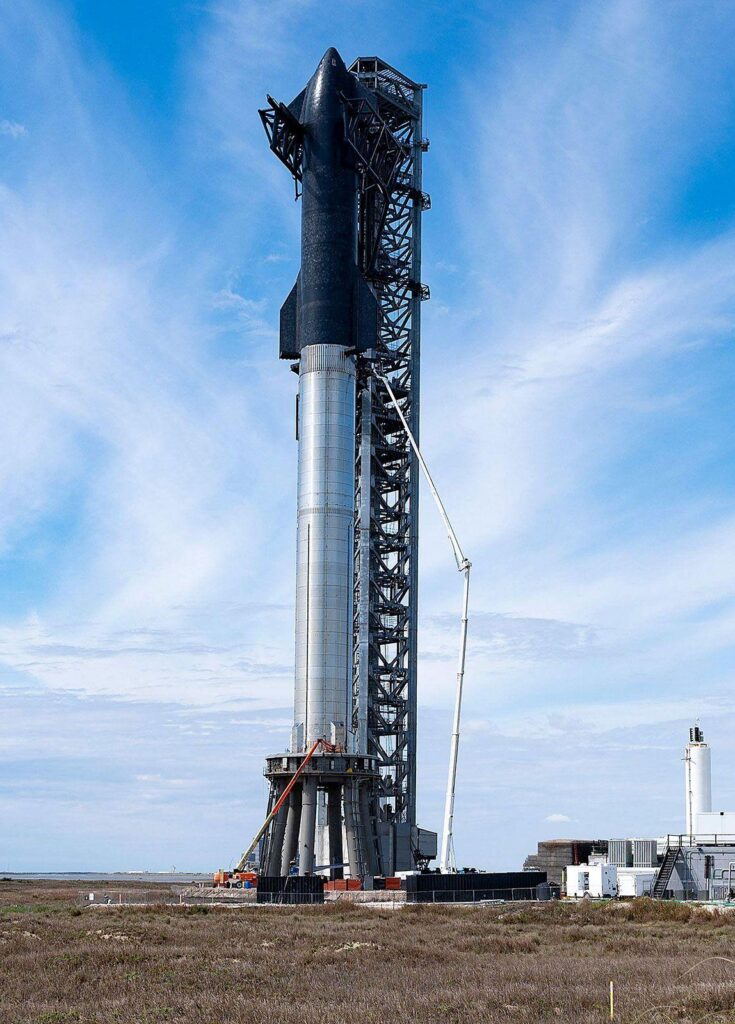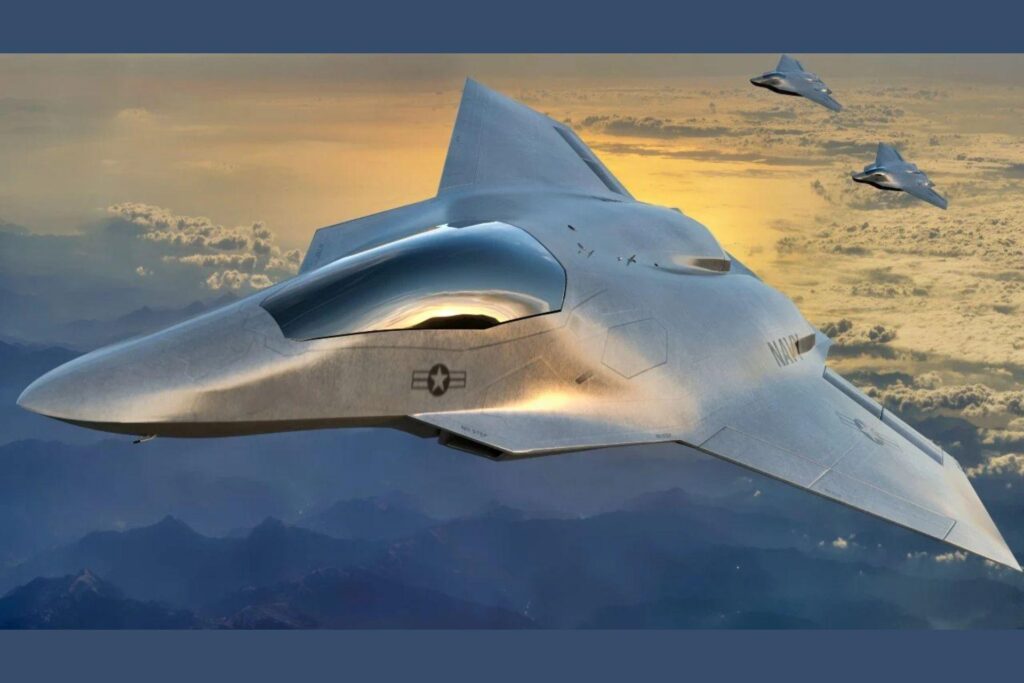In the realm of aerospace innovation, silence is about to break the sound barrier. NASA’s X-59 QueSST—a sleek, futuristic marvel designed to whisper where traditional supersonic jets once roared—has emerged from the hangar, ready to redefine our understanding of high-speed flight. This groundbreaking aircraft, with its elongated, needle-like nose and revolutionary design, promises to transform the thunderous sonic boom into a mere gentle thump, possibly reopening the golden age of supersonic passenger travel. As the X-59 prepares for its inaugural test drive, the aviation world watches with bated breath, sensing the dawn of a new era in aerospace engineering. NASA’s groundbreaking X-59 QueSST (Quiet SuperSonic Technology) aircraft has officially emerged from its hangar, marking a pivotal moment in aviation history. Lockheed Martin’s advanced experimental jet represents a revolutionary approach to supersonic passenger travel, designed to dramatically reduce sonic boom noise.The sleek,elongated aircraft features a unique aerodynamic configuration that promises to transform how we perceive high-speed flight. Its distinctive blade-like silhouette stretches nearly 94 feet long,with a narrow fuselage and specially engineered nose section intended to dissipate shockwaves and minimize disruptive sound.
Developed under NASA’s cutting-edge Low-Boom Flight Demonstration program,the X-59 aims to produce a sonic thump measuring just 75 perceived decibels—comparable to a car door closing.This breakthrough could potentially reshape commercial aviation regulations that currently prohibit supersonic flight over populated areas.
Engineers have meticulously crafted the aircraft’s design to redirect shockwaves, preventing the thunderous sonic boom traditionally associated with planes breaking the sound barrier. The innovative approach involves carefully distributing air pressure around the aircraft’s exterior, effectively “stretching” the sound waves and reducing their intensity.
During upcoming test flights, NASA researchers will collect complete acoustic data to validate the technology’s potential. The X-59 represents more than an experimental aircraft; it symbolizes humanity’s persistent quest to push technological boundaries and reimagine transportation.
Lockheed Martin’s aerospace engineers have integrated advanced computational modeling and complex aerodynamic principles to create this groundbreaking machine. The project represents years of rigorous research, computational simulations, and collaborative innovation between NASA and private aerospace contractors.
The aircraft’s debut signals a potential renaissance in long-distance travel, offering the tantalizing prospect of dramatically reduced transcontinental travel times without the environmental and noise constraints of current supersonic technologies.
While commercial implementation remains years away, the X-59 stands as a testament to human ingenuity and technological potential.Its accomplished development could herald a new era of faster, more efficient global transportation, breaking down geographical barriers and transforming our understanding of aerial mobility.
As the X-59 prepares for its inaugural test flights, aerospace enthusiasts and researchers worldwide watch with anticipation, recognizing this moment as a potential turning point in aviation history.








